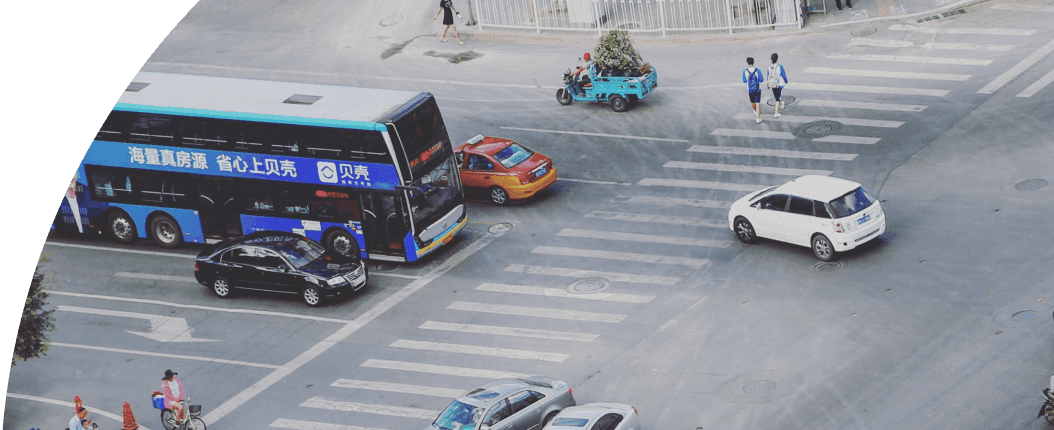
What is smart growth?
Smart growth is an approach to community design that connects housing, transportation, and land use to create healthy, prosperous, and resilient neighborhoods.

About us
Smart Growth America cultivates vibrant, sustainable communities with diverse living and transportation options, enhancing quality of life for all.

Our work
Smart Growth America cultivates vibrant, sustainable communities with diverse living and transportation options, enhancing quality of life for all.
Explore Our Signature Reports

Impact
Smart Growth America cultivates vibrant, sustainable communities with diverse living and transportation options, enhancing quality of life for all.

Events
Throughout the year, we host a number of in-person and virtual events covering topics related to public health, social equity, and climate resilience.

Knowledge hub
We offer a library of case studies, videos, and reports to support policymakers, practitioners, and advocates interested in advancing smart growth.
Explore our signature reports


News
By Alex Dodds, May 2, 2012
 LOCUS President Chris Leinberger recently sat down with the Wall Street Journal to discuss the rising popularity of living near public transit.
LOCUS President Chris Leinberger recently sat down with the Wall Street Journal to discuss the rising popularity of living near public transit.
Suburban Swap: Trading a Backyard for a Train Station
Tom and Pat Kelly spent 22 years living what many people consider the American dream: They owned a four-bedroom home with a pool and a big yard in Turnersville, N.J. They traded that in to live near a train station.
With two of their three children living on their own, the couple no longer wanted to spend time raking leaves, shoveling snow and doing other maintenance their large home required. So they moved to LumberYard, a mixed-use condominium development near their son’s and daughter’s homes and within walking distance of the local train station.
Now, instead of spending two or more hours commuting daily in his red Volkswagen Beetle, Mr. Kelly, 56, hops on the Patco high-speed train line and gets to his Philadelphia law-firm job across the Delaware River in about a half-hour. “It’s just a much more enjoyable life,” he says.
LumberYard is a transit-oriented development, or TOD, one of a growing number of mixed-use developments that combine town houses or condominiums with retail shops, hotels and other businesses—all perched near a train station.
…
Transit oriented development—a term some credit to urban planner Peter Calthorpe—started to take off in the mid-1990s. But, the financial crisis slowed TOD projects along with other residential developments, says Christopher Leinberger, a Washington, D.C. urban land-use strategist and partner in developer Arcadia Land Co. Now, developers say they are dusting off old plans and starting new ones.
Read more: Suburban Swap: Trading a Backyard for a Train Station
Related News
Upcoming public events: Join us!


Subscribe to our newsletter
© 2025 Smart Growth America. All rights reserved
Site By3Lane Marketing


